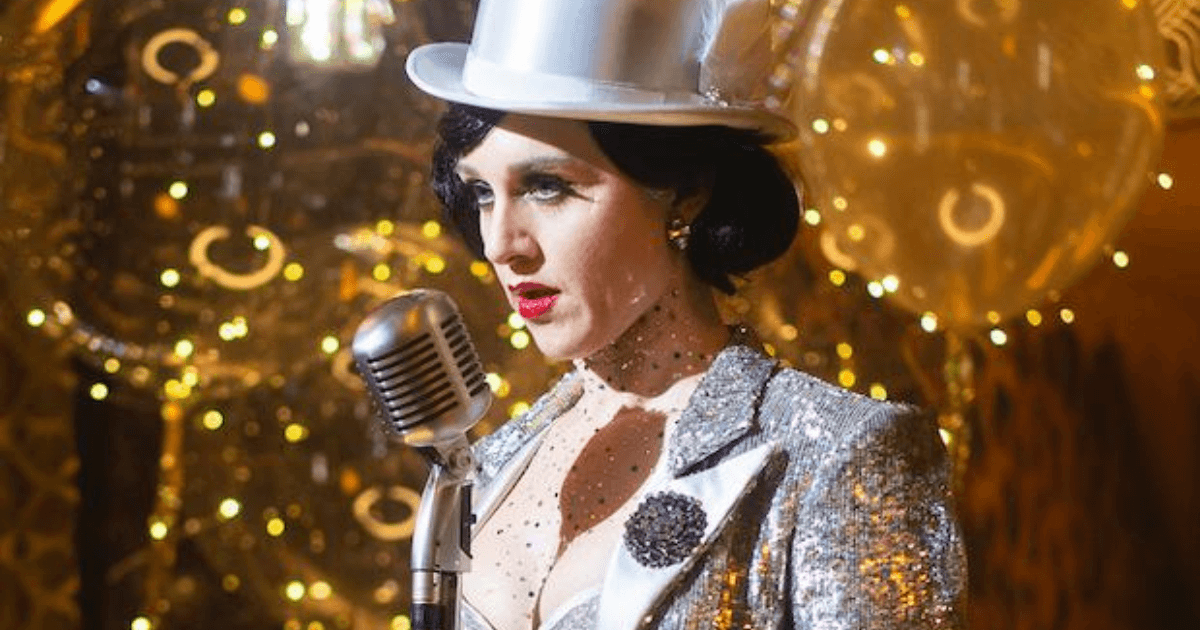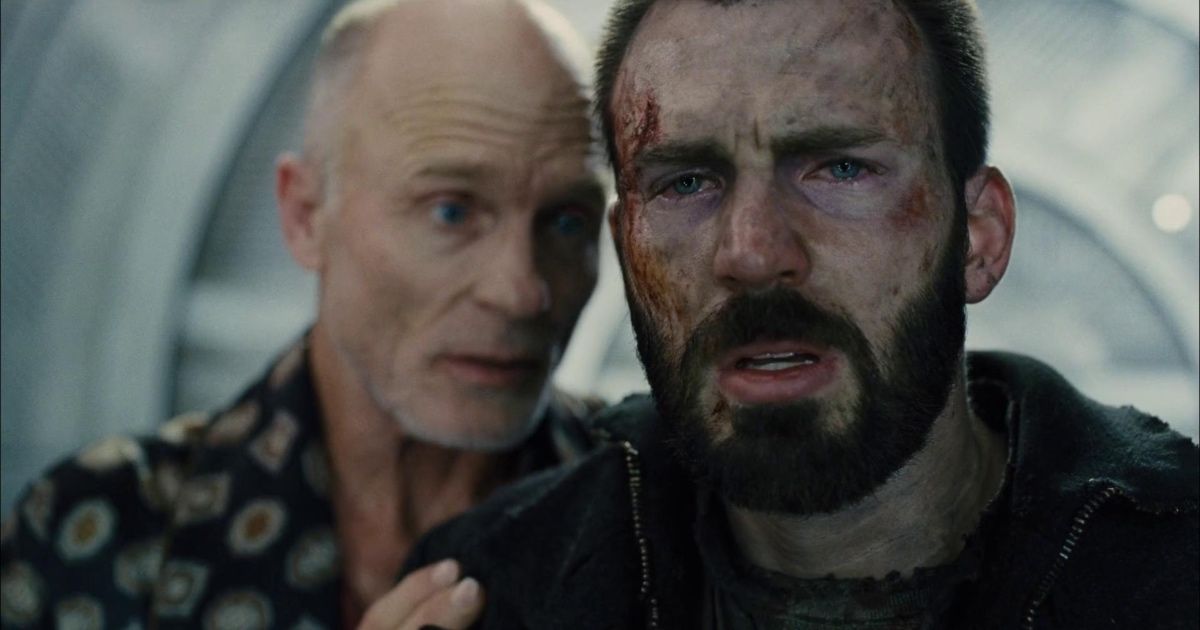In an industry where the boundary between reality and virtualization is increasingly blurred, a recent wave of controversy has hit the Hollywood sphere. A central figure in this ongoing discourse is none other than Lena Hall, the illustrious Tony Award winner and Grammy nominee, best known for her role in TNT’s Snowpiercer.
On the cusp of the show’s fourth season, Hall took a public stand on Twitter, lambasting the opaque nature of the utilization of full-body scan technology. The thespian recounted her experiences with the procedure, expressing her dismay at the lack of transparency and her perceived violation of consent.
Hall shared,
“So… Snowpiercer season 4 did a full body scan and full range of emotion capture of all the series regulars on the show not ever telling us the real reason why. NOW I know why and it’s really disturbing because I didn’t consent.”
“P.S. they told us it was for special effects but were very vague!”
This exposé comes at a critical time when tensions are already high between the Alliance of Motion Picture and Television Producers (AMPTP) and the Screen Actors Guild‐American Federation of Television and Radio Artists (SAG-AFTRA). With the backdrop of an ongoing writers’ and actors’ strike, Hall’s revelations lend credence to SAG-AFTRA’s rejection of the AMPTP’s proposal, anchored by concerns about appropriate compensation and the non-consensual, indefinite usage of actors’ likenesses.
The controversial AMPTP proposition suggested the inclusion of full-body scans as part of the production process. However, the implications were alarming. The production companies would retain the rights to these scans indefinitely, with actors receiving only a day’s wages for their contribution. No provision was made for future use of their scanned likeness. SAG President Fran Drescher and National Executive Director Duncan Crabtree-Ireland articulated their vehement opposition to these demands during a press conference, characterizing the strike as a manifestation of resistance to the AMPTP’s audacious requirements.
The Real-world Consequences of Digitized Actors
In an era where computer-generated versions of celebrities have become commonplace, discussions around ethical implications are rife. Television shows like Black Mirror and other sci-fi and horror productions have delved into this territory, showcasing both the possibilities and the potential dangers.
Indeed, there are merits to these technologies, such as the ability to continue roles for deceased actors or to ‘de-age’ performers for specific storylines. The Flash TV series, for instance, recently used a generated version of the late Christopher Reeve’s Superman.
However, the fundamental issue of consent emerges when the perpetual use of these digital likenesses is not appropriately authorized. Hall’s experience serves as a case in point and has the potential to set a precedent. The fear of non-hiring or ‘blacklisting’ should an actor refuse to surrender their likeness contributes to an environment of coercion. The broader conversation about the ethical usage of digital technology in the entertainment industry is only just beginning, and Lena Hall’s stand could indeed be the spark that triggers an industry-wide examination of these practices.
Stay connected with us on social media platform for instant update click here to join our Twitter, & Facebook
We are now on Telegram. Click here to join our channel (@TechiUpdate) and stay updated with the latest Technology headlines.
For all the latest TV News Click Here


